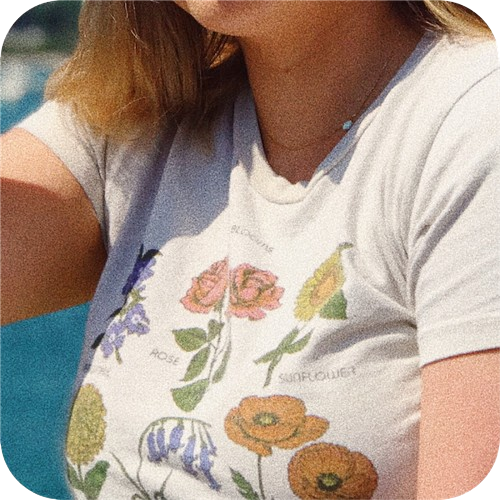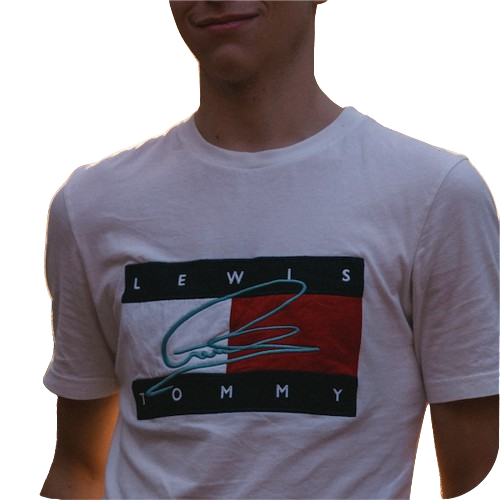For many years, the classic and adaptable technique of screen printing has served as a cornerstone in the world of t-shirt design. Because of its exceptional blend of robustness, colour, and creative flexibility, it is a top option for both inexperienced and seasoned designers.
Knowing the specifics of screen printing will help you improve the impact and efficacy of your t-shirt designs, whether you’re an aspiring artist hoping to make a splash or an experienced designer wishing to hone your skills. So, let’s explore the craft of screen printing design, giving you the know-how and pointers you need to produce eye-catching and valuable prints.


Knowing More About Screen Printing
Creating a stencil, or screen, and using it to apply layers of ink to the printing surface—in our example, a t-shirt—is the process of screen printing, sometimes referred to as silk screening. Because each colour in the pattern is applied independently using separate screens, this approach produces prints that are vivid and durable.
The Design Creation Process
The process starts with a digital design, often made with graphic design programs like Adobe Illustrator. The design is then divided into distinct hues, each of which needs its own screen.
Screen Preparation
To prepare screens, a photographic emulsion is applied. A UV light exposure apparatus is then used to transfer the design onto the screens, hardening the emulsion except in the areas where the design blocks light.
Printing
After applying ink to the screen, the ink is pressed through the mesh onto the t-shirt using a squeegee. This process is repeated for each colour in the pattern, stacking the inks to create the final image.
Curing
To guarantee that the ink sets and becomes durable, the t-shirts are heated after printing.
Important Pointers In T-shirts For Screen Printing
Some aspects come into play when designing for screen printing, and these considerations can significantly impact the print’s outcome.
Colour Selection and Distancing
Screen printing excels at producing vibrant colours, but keep in mind that every colour in your design needs its screen. This may result in higher production costs and times. Simplifying your colour scheme can help print your design more effectively. Furthermore, prints will be more transparent and more accurate when spot colours are used instead of gradients or complicated hues.
Line Detail and Thickness
Solid lines and distinct details are ideal for screen printing. However, if the mesh count (the number of threads per inch in the screen) is low, fine lines and detailed details might not transfer well through the screen. Strive for a balance between maintaining the complexity of your design and maintaining print quality.


Dimensions and Positioning
Your design’s size and positioning on the t-shirt are essential for maximum visual impact. Make sure your design is scaled correctly to fit the shirt’s measurements and take the wearer’s body shape into account. The chest, back, sleeves and even the hems are common locations, and each has a unique appearance and allure.
Typography
Select bold and readable fonts for any text in your design. Thin or intricate typefaces might become unreadable when printed. To guarantee clarity, it’s also critical to consider leading and kerning—the distance between lines and letters.
How to Improve Your Designs for Screen Printing
Here are some cutting-edge methods and pointers to help you get the most out of your screen-printed t-shirt designs:
Making Use of Halftones
Using a single colour, halftones are a technique that produces gradients and shading effects using dots of different sizes. You may imitate various tones and add additional depth to your drawings by varying the density and size of the dots. This technique is beneficial for producing intricate or photographic shading effects without requiring more screens.
Overprinting and Layering
Your designs can become more intricate and rich by layering colours and applying overprinting techniques. Colours can be deliberately overlapped to add texture and new hues. Although this process necessitates exact screen alignment, it can produce beautiful multi-dimensional prints.
Specific Inks
You can improve your designs by experimenting with speciality inks like metallic, glow-in-the-dark, or puff inks. Puff inks add a three-dimensional element, glow-in-the-dark inks add novelty and surprise, and metallic inks add a shiny appearance. You can use these inks to provide distinctive visual effects or to draw attention to particular areas of your design.
Texturing and Distressing
By incorporating a distressed or textured finish, your design might have a rustic or vintage appearance. You can accomplish this by altering the artwork in your design program to give it a worn-out appearance. These effects can give your design personality and are prevalent in the fashion world.
Creating for the Market: Trends And Tips
Knowing your target audience is essential when designing t-shirts. Different demographics tend to follow different trends and tastes, so it’s necessary to create with your audience in mind to make your prints more appealing and effective.
Research and Motivation
Stay informed of the most recent developments in graphic design and fashion. Websites that offer inspiration include Instagram and Pinterest. Observe prevailing design motifs, colour schemes, and themes. Nonetheless, ensure that your Customised designs retain their authenticity and uniqueness.


Specialised Markets
Think of serving specialised markets with specific hobbies or subcultures. Whether it’s social concerns, sports, music, or hobbies, designing for a particular demographic can result in a devoted following of buyers. Tailoring designs to these niches’ values and aesthetics can significantly increase their appeal.
Ethics and Sustainability
Ethical and sustainable fashion are becoming increasingly popular. Therefore, eco-friendly screen printing techniques will draw in customers who care about the environment. Using organic materials, water-based inks, and sustainable production techniques can make T-shirts more valuable and in line with contemporary consumer ideals.
Conclusion
The skill of creating for screen printing requires a synthesis of technical expertise, creative thinking, and market intelligence. Through comprehension of the screen printing procedure, careful consideration of essential design components, and the use of sophisticated methods, you may produce t-shirt designs that are not only eye-catching but also incredibly powerful in communicating your message. Gaining proficiency in screen printing can lead to a multitude of creative opportunities and financial gain, regardless of your goals—creating a single statement piece or starting a whole apparel brand.


